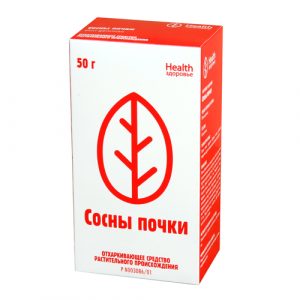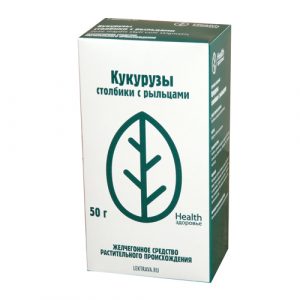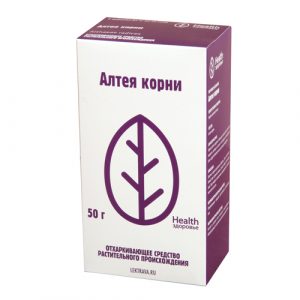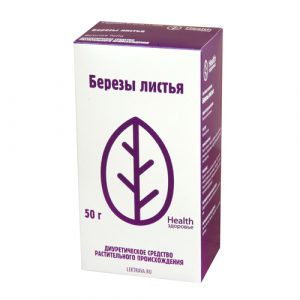Description
Description
Pieces of receptacle, reed flowers, tubular flowers, leaflets of the wrapper and their fragments, unripe fruits and their pieces passing through a sieve with 5 mm holes. The pieces of the receptacle are bare, often with preserved remnants of the wrapper around the edge of the reed flowers at the apex of the three-toothed, usually with a dangling tubular base, five-toothed tubular flowers, often unopened (in the form of buds) densely pubescent wrappers of gray-green color, narrow lanceolate with a lighter stripe along the edge and slightly protruding main vein.
The color of the reed flowers is reddish orange, orange, bright yellow or pale yellow tubular flowers – light yellow, yellow leaflets – grayish green unripe fruits – green, grayish green, yellowish green, tan and brown – light gray, greenish or brownish gray.
The smell is faint.
The taste of water extract is brackish.
Release form
Shredded raw materials.
Pharmacological action
Pharmacotherapeutic group: Antiseptic and anti-inflammatory herbal medicine.
Pharmacological action: Infusion of marigold flowers has anti-inflammatory, antiseptic and choleretic effects.
Indications
Locally, an infusion of marigold flowers is used to rinse with inflammatory diseases of the oral cavity (gingivitis, stomatitis, periodontitis) as an anti-inflammatory and antiseptic.
Inside is used in adults as a choleretic agent.
Contraindications
Hypersensitivity to the components of the drug.
Ingestion:
Children (under 12 years old)
Acute gastritis
Peptic ulcer of the stomach and duodenum during the exacerbation of
Calculous cholecystitis.
Use during pregnancy and lactation
Use inside is possible after consultation with your doctor.
Composition of
Marigold flowers.
Dosage and administration
About 10 g (5 tablespoons) of marigold flowers are placed in an enamel bowl, pour 200 ml (1 cup) of hot boiled water, close the lid and insist on a boiling water bath for 15 minutes, cool at room temperature for 45 minutes filter, the remaining raw materials are squeezed. The volume of the resulting infusion was adjusted with boiled water to 200 ml.
For rinsing the oral cavity and pharynx, apply 1/2 to 1 cup of infusion 3-5 times a day in the warm form.
Inside take 1-2 tablespoons 2-3 times a day before meals.
It is recommended to shake the infusion before use.
Side effects
Allergic reactions possible. Ingestion: bitterness in the mouth, heartburn, abdominal pain.
Storage conditions
In the dark place at a temperature of no higher than 25 ° C.
Expiration
2 years.
Active ingredient
Calendula. tsvetky
Form of Treatment
s rye rastitelynoe
Health Company, Russia




